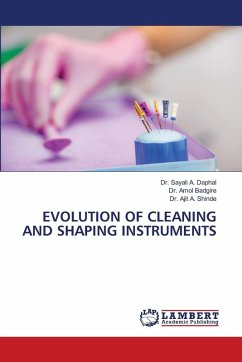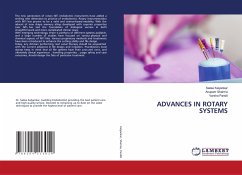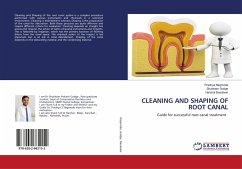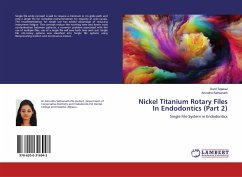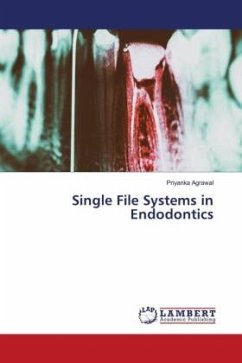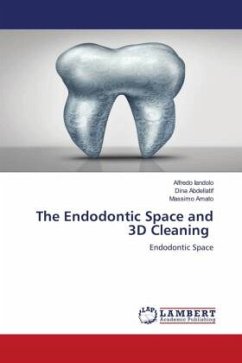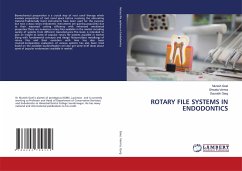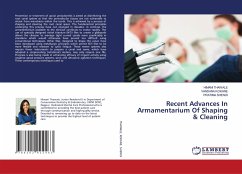
Recent Advances In Armamentarium Of Shaping & Cleaning
Versandkostenfrei!
Versandfertig in 6-10 Tagen
41,99 €
inkl. MwSt.

PAYBACK Punkte
21 °P sammeln!
Prevention or treatment of apical periodontitis is aimed at disinfecting the root canal system so that the periradicular tissues are not vulnerable to attack from microbiota within the tooth. This is achieved by a process of shaping and cleaning the root canal space. The fundamental principles underlying this process have not changed in decades. In contrast, the armamentarium available to the clinician continues to evolve rapidly. The use of specially designed nickel titanium (NiTi) files to create a glidepath allows the clinician to manage tight curved canals more predictably in situations wh...
Prevention or treatment of apical periodontitis is aimed at disinfecting the root canal system so that the periradicular tissues are not vulnerable to attack from microbiota within the tooth. This is achieved by a process of shaping and cleaning the root canal space. The fundamental principles underlying this process have not changed in decades. In contrast, the armamentarium available to the clinician continues to evolve rapidly. The use of specially designed nickel titanium (NiTi) files to create a glidepath allows the clinician to manage tight curved canals more predictably in situations which would otherwise have proved too difficult using conventional techniques. Other files, designed to shape the canal, have been developed using metallurgic principles which permit NiTi files to be more flexible and resistant to cyclic fatigue. These newer systems also require fewer instruments to prepare a canal and some, which have adopted a reciprocating (rotational) motion, may only require one file. Progress is also being made in enhancing efficacy of irrigant activity using negative apical pressure systems, sonic and ultrasonic agitation techniques. These contemporary techniques used to



